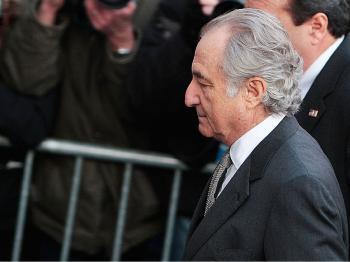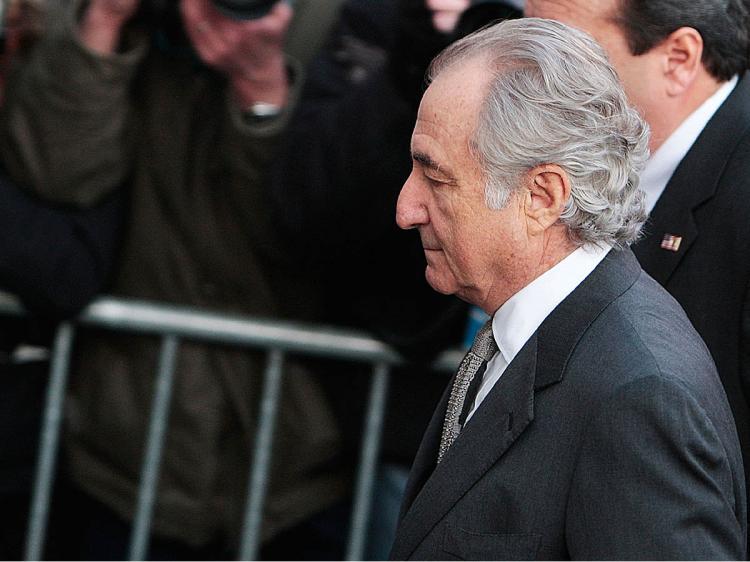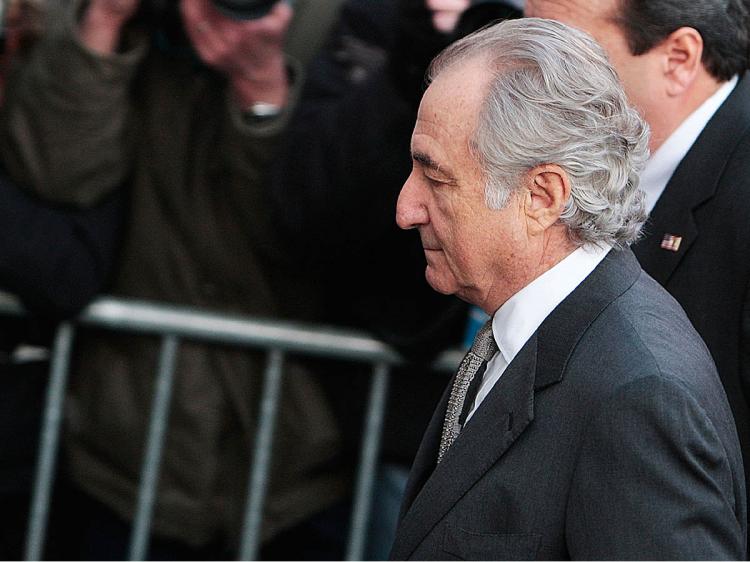The Year of Ponzi Schemes Ushers In Tighter Regulation
2009 may go down in the annals of business notoriety as the “Year of Ponzi schemes.”

Financier and fraudster Bernie Madoff was the worst but far from the only Ponzi purveyor nabbed in 2009. Chris Hondros/Getty Images
|Updated:





